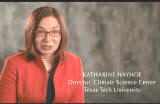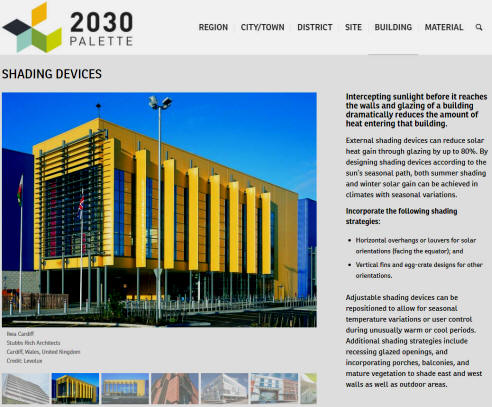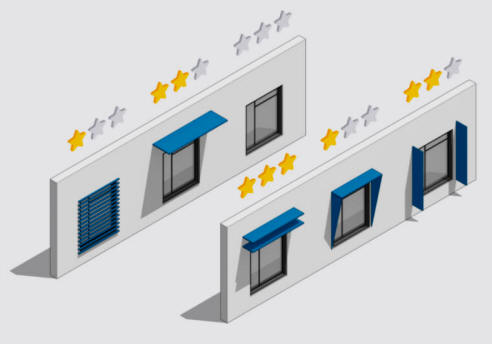
| Dialogues 03 Climate Change and Architecture November 20, 2020 Associate Professor Robert D. Perl, AIA, LEED AP |
| Texas Tech University College of Architecture Robert D. Perl | updated 11/20/2020 |
 |
|
Improving Racial Equity Through Greener Design AIA Blueprint For Better "Climate change affects us all, but doesn’t impact us all equally. This article is part of a new series, Building Equity, that explores how architects are working with communities and civic leaders to develop creative, innovative design solutions that fight climate change, systemic racism, and inequities in the built environment. It’s time to show the world what design can do." |
|
Architecture’s Carbon Problem AIA Blueprint For Better "Buildings create about 40% of the world’s carbon dioxide emissions. Architects can help solve this. While transportation garners many of the headlines about CO2 emissions, it surprisingly only accounts for about 23% of global emissions. Building operations, materials, and the construction sector, by contrast, cause most of the rest. For architects, this challenge is a pivotal opportunity in design, planning, and construction—a chance to address the carbon binge, drastically lower CO2 emissions, and shape the future of our world. To support that mission, The American Institute of Architects, the largest design organization in the world, is asking architects, design professionals, civic leaders, and the public to join our efforts and achieve a zero-carbon, resilient, healthy, just, and equitable built environment." |
|
Triple Bottom Line The Triple Bottom Line of Sustainability considers the following issues: Ecological Economic Equity |
planet, profits, people environmental, financial, social |
| Supply Thinking vs Demand Thinking |
|
Supply Generate High-tech Use Gizmos Glamorous Media friendly Sexy Simplistic "Magic-bullet" |
Demand Consume Low-tech Non-use Process Ordinary Nothing to see Dull Nuanced Involved, Slow |
|
Reduce Demand! Reduce Demand! Reduce Demand! |
|
Less Bad ≠ Good Less bad is not the same as good. What is good architecture? |
"Why Being "Less Bad" Is No Good" by William McDonough and Michael Braungart |
|
Climate Change What We Know by the American Association for the Advancement of Science (AAAS) "Based on the evidence, about 97% of climate experts have concluded that human-caused climate change is happening. What We Know helps us understand the science behind the realities, risks and response to the climate challenge. 1. Climate scientists agree: climate change is happening here and now... 2. We are at risk of pushing our climate system toward abrupt, unpredictable, and potentially irreversible changes with highly damaging impacts... 3. The sooner we act, the lower the risk and cost. And there is much we can do..." |
Hear From Scientists 9 videos including 5m:21s interview with Katharine Hayhoe, TTU  Time 100 Most Influential People in the World includes Katharine Hayhoe |
|
LEED Green Associate "The LEED Green Associate credential affirms a professional’s thorough comprehension of green building principles and practices." "The LEED Green Associate exam measures general knowledge of green building practices and how to support others working on LEED projects. The exam is ideal for those new to green building." The exam is two hours long and has 100 multiple-choice questions. $250 ($100 for students) |
 |
 |
< from CoA website College of Architecture | Resources | Course Repository | Spring 2021 Course Directories | Special Problems (ARCH 5301) scroll down |
|
2030 Palette A DATABASE OF SUSTAINABLE DESIGN PRINCIPLES, STRATEGIES, TOOLS AND RESOURCES "Why the 2030 Palette? Over the next 15 years, an area equal to the entire building stock of the Western Hemisphere will be redesigned, reshaped, and rebuilt. How we plan and design this new construction will determine whether climate change is manageable or catastrophic. With the 2030 Palette, designers will have the tools they need to design adaptive, resilient, and Zero Net Carbon built environments."  |
2030 Palette overview Region: 9 strategies City/Town: 6 District: 7 Site: 6 Building: 27 Material: 11 Shading Devices "Intercepting sunlight before it reaches the walls and glazing of a building dramatically reduces the amount of heat entering that building. External shading devices can reduce solar heat gain through glazing by up to 80%. By designing shading devices according to the sun’s seasonal path, both summer shading and winter solar gain can be achieved in climates with seasonal variations. Incorporate the following shading strategies: Horizontal overhangs or louvers for solar orientations (facing the equator); and Vertical fins and egg-crate designs for other orientations." |
SketchUp PreDesign ??? |
"Using your site location and building type, PreDesign, SketchUp’s new design research tool, allows you to find the best design strategies, get inspiration for narratives, and generate compelling graphics for storytelling. Get suggestions for appropriate architectural responses such as larger or smaller windows to suit your context, find the right balance between the type of windows you specify and the ideal amount of glass for a sustainable design, and get the inspiration you need to design great, usable outdoor spaces." |
|
Why does sustainability matter?
20th century 21st century Sustainability: THE issue of the 21st century? huge challenge awesome responsibility unique opportunity |
| Texas Tech University College of Architecture Robert D. Perl | copyright © 2020 |
| "All materials on this website are for the exclusive use of students attending Dialogues 03 in Architecture during 2020 Fall Semester and are protected by copyright of their respective authors." |
| Associate
Professor Robert D. Perl, AIA, LEED AP AH 1002D Office Hours: T R 2:00-3:30 pm or by appointment (806) 834-6624 robert.perl@ttu.edu |